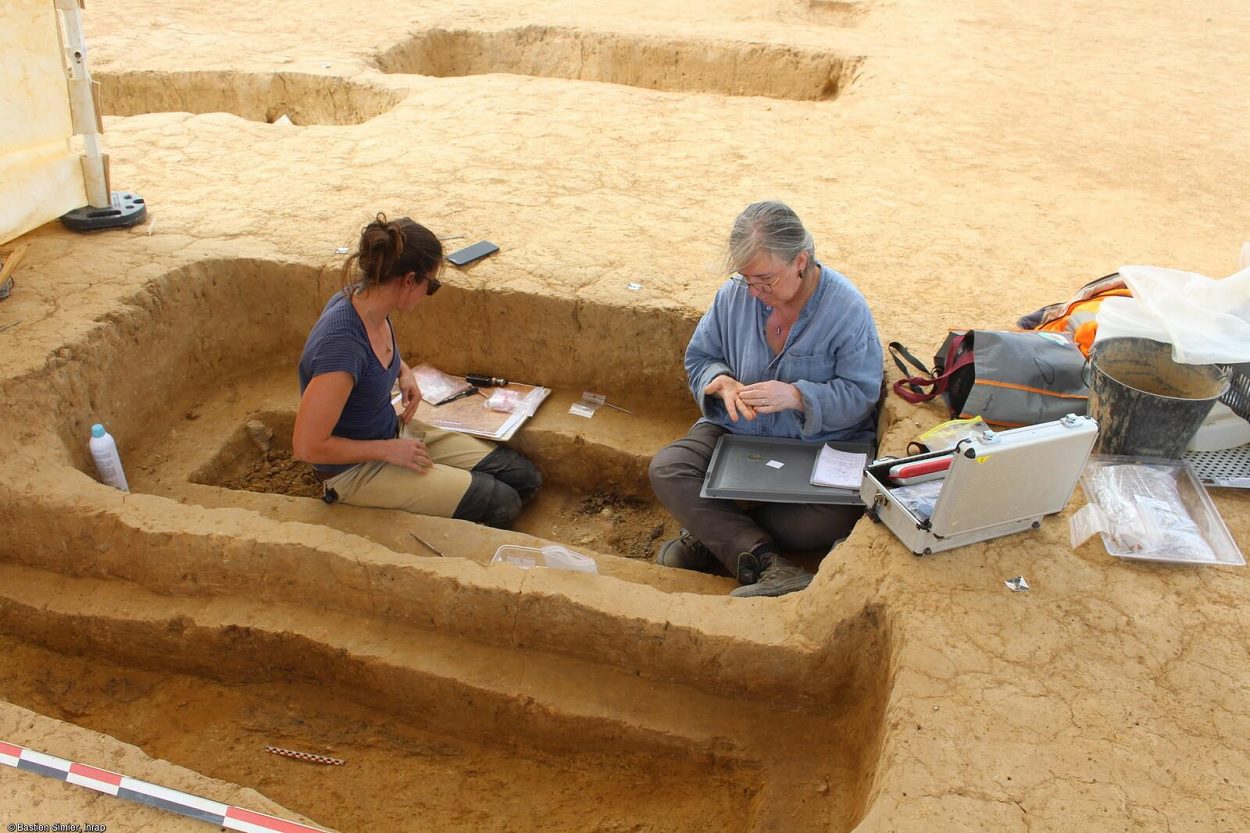Archaeologists from the National Institute for Preventive Archaeological Research (INRAP) have been excavating a Gallo-Roman necropolis and sanctuary near La Chapelle-des-Fougeretz, a commune in the department of Brittany in North-Western France.
The site was first identified in 1984, leading to a survey in 2018 to define the excavation area. Since then, INRAP have conducted an ongoing excavation over a period of eight months in preparation for a new housing estate.
Excavations of the sanctuary suggest that it was dedicated to Mars, the Roman god of war, based on a dozen swords and spear heads deposited as ritual offerings, and a small statuette of Mars in situ. The team also found the remains of furniture, billhooks, several brooches, numerous items of weaponry, and a selection of Gallic and Roman coins.
The sanctuary dates from the early Roman period and was abandoned during the 4th century AD. Surrounding the sanctuary are several dwellings built from earth and wood that contain domestic goods and ceramic vessels.

The team also uncovered a small Gallo-Roman necropolis consisting of 40 burials dating from the Late Roman period until the 5th century AD.
The necropolis has yielded a large quantity of funerary objects, including silver bracelets, pins and belt buckles, glass beads, ceramics, a pearl necklace, and the traces of shoes left by the studs that still survive. Excavations of one of the burials was found to contain a dagger and parts of a horse harness, with pieces of iron and bronze that were used to decorate the bridle and reins.
Following the excavation phase, the objects have been removed for preservation and further analysis. Several objects have been scanned in 3D to understand the nature and purpose, in particular, objects that have been heavily corroded.
Header Image Credit : Bastien Simier, INRAP





